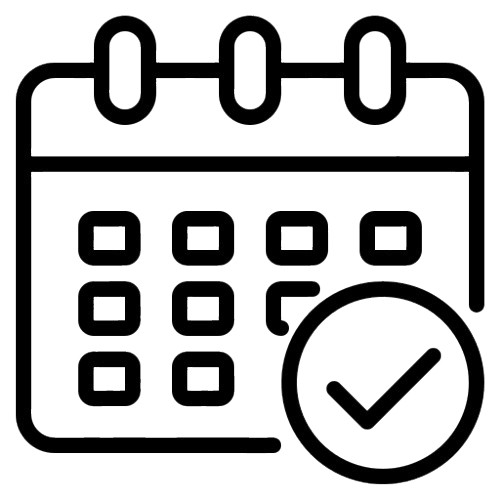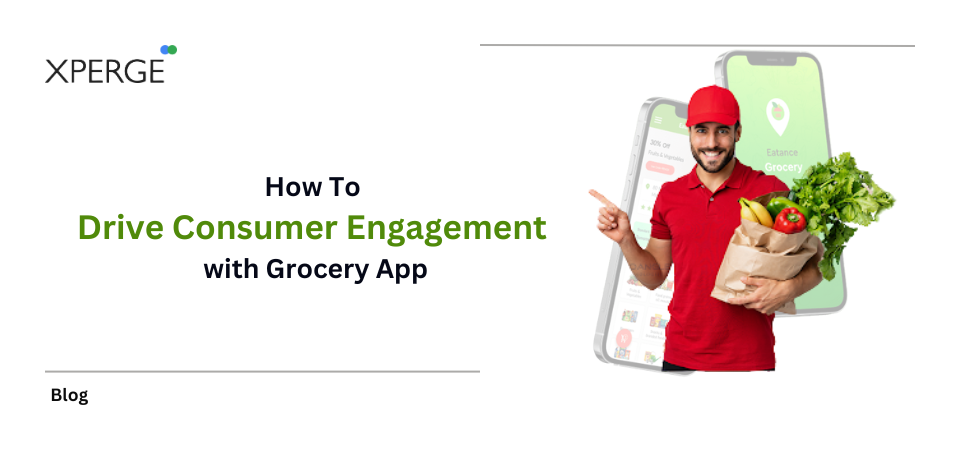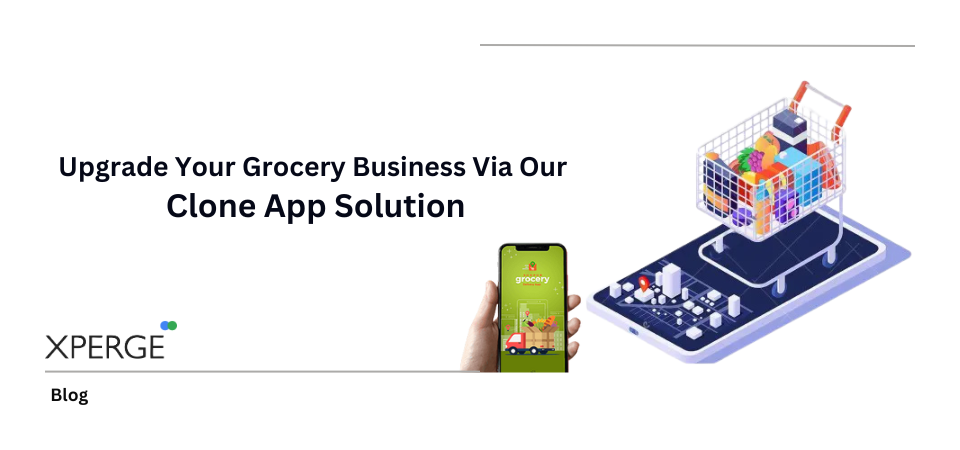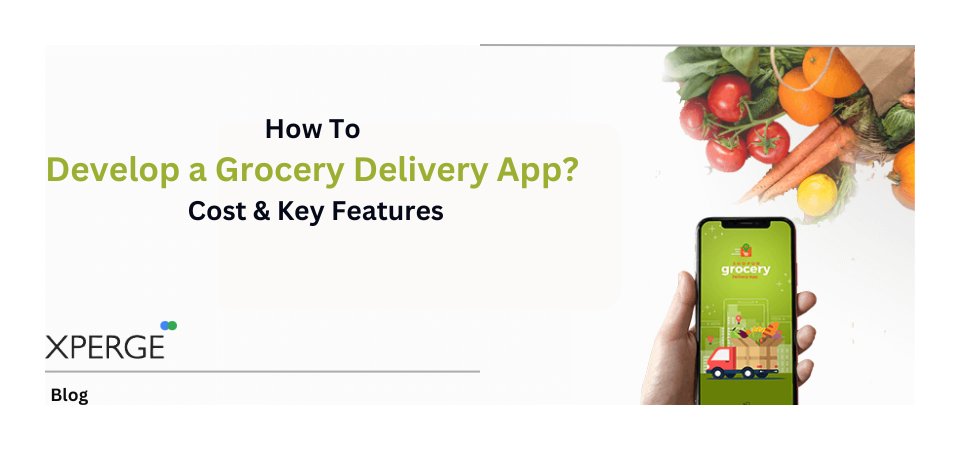Introduction
In today’s digital-first landscape, where convenience defines consumer behavior, grocery apps have become the linchpin of the modern retail experience. From the bustling urban cities to quiet suburban towns, consumers now expect groceries at their fingertips. To thrive in this evolving ecosystem, it is crucial to drive consumer engagement with grocery app strategies that go beyond basic utility and foster loyalty, trust, and interaction.
Key Takeaways
- Personalization is Crucial: Tailor product recommendations and offers using AI and user behavior to enhance engagement and increase repeat purchases.
- Loyalty Programs Drive Retention: Implement rewards, cashback, and referral bonuses to keep users coming back and boost lifetime value.
- User-Friendly Features Matter: Real-time inventory, seamless checkout, multi-payment options, and easy navigation significantly improve user experience.
- Gamification Increases Daily Usage: Add interactive elements like spin-the-wheel offers and referral challenges to make shopping enjoyable and habit-forming.
- Development Costs Vary by Features: Building a full-scale grocery delivery app can cost between $50,000 to $100,000 depending on design, tech stack, and scalability.
Understanding Consumer Behavior in Grocery Shopping
Consumer engagement doesn’t begin at the checkout screen—it starts with understanding user intent. Today’s shoppers expect:
- Seamless user experiences
- Real-time updates
- Personalized offers
- Quick delivery windows
- Easy payment options
Failing to deliver these expectations will not only hinder app downloads but can also increase churn rate.
Top Strategies to Drive Consumer Engagement with Grocery App
1. Personalization Through AI and Data Analytics
One of the most effective methods to drive consumer engagement is personalization. Leverage AI-driven recommendation engines to suggest products based on:
- Purchase history
- Regional preferences
- Seasonal trends
By tailoring the shopping experience, users feel understood and are more likely to return.
2. Loyalty Programs and Rewards Integration
Incorporating a points-based loyalty system is a proven method to retain users. Offer benefits such as:
- Cashback
- Discount coupons
- Free delivery credits
These rewards enhance user stickiness and incentivize frequent purchases on the grocery delivery app.
3. Real-Time Push Notifications and Alerts
Push notifications are powerful when personalized and timely. Send alerts for:
- Price drops
- Special offers
- Restocks on favorite items
- Weekly grocery essentials
This keeps the brand top of mind and improves click-through rates.
Build Your Own Grocery Delivery App with User-Centric Features
If you’re looking to build your own grocery delivery app, here are key engagement-boosting features to include:
1. Intuitive UI/UX Design
Your grocery app should deliver a clean, easy-to-navigate interface. A complex or sluggish UI turns users away quickly.
2. Real-Time Inventory Updates
Shoppers expect live data on availability. An updated inventory system ensures credibility and avoids cart abandonment.
3. Multi-Payment Gateways
From UPI to credit cards to digital wallets, ensure your app supports diverse payment options for a frictionless checkout experience.
4. Voice & Image Search
Voice commands and barcode scanning enhance convenience, especially for users on the go or with disabilities.
5. Instant Customer Support
Integrate a 24/7 chatbot or live chat support system to solve queries promptly, increasing user trust and app rating.
Explore more:- Features to Add in Grocery Delivery App to Boost Sales
Gamification: Make Shopping Fun
Incorporate gamification elements such as:
- Daily spin-the-wheel offers
- Shopping streak rewards
- Referral challenges
These fun, interactive features help drive consumer engagement with grocery app usage regularly.
Social Proof and User-Generated Content
Leverage customer reviews, testimonials, and in-app product ratings to create trust. Include features for:
- Sharing grocery lists with friends
- Adding product images and recipes
- Participating in community forums
This not only builds credibility but also forms a social ecosystem within your grocery app.
Omnichannel Marketing for Grocery App Promotion
Leverage Social Media Ads
Promote app downloads through targeted ads on:
- TikTok
Use hyperlocal targeting to reach nearby consumers looking for a grocery delivery app like Instacart.
Email Marketing Automation
Send personalized email reminders for:
- Abandoned carts
- Repeat purchases
- New arrivals
Influencer Collaborations
Partner with micro-influencers who specialize in cooking, home management, or health niches. Their recommendations will help increase installs and build community engagement.
Cost of Developing a Grocery Delivery App
One of the most frequent concerns among businesses is the cost of developing a grocery delivery app. The overall budget depends on multiple factors, including:
| Feature Category | Estimated Cost Range |
| UI/UX Design | $5,000 – $10,000 |
| Backend Development | $15,000 – $30,000 |
| iOS & Android Platforms | $20,000 – $50,000 |
| Admin Dashboard | $5,000 – $15,000 |
| API Integration & Testing | $10,000 – $20,000 |
| Maintenance (Annually) | $10,000+ |
To develop a robust on-demand delivery app similar to Instacart or BigBasket, expect a comprehensive solution to cost anywhere between $50,000 to $100,000, depending on customization and scalability.
Read more:- Cost of Developing a Grocery Delivery App Like InstaCart
Final Thoughts: Reimagining the Grocery Shopping Experience
To drive consumer engagement with grocery app, brands must evolve from simply delivering products to delivering experience. By integrating advanced features, crafting personalized journeys, and maintaining real-time responsiveness, grocery apps can increase lifetime value and dominate the digital marketplace.
If you’re planning to build your own grocery delivery app, focus on high-impact features, modern UI/UX, and real-time consumer feedback loops. The path to a high-retention grocery app lies in consistent engagement and seamless service.







